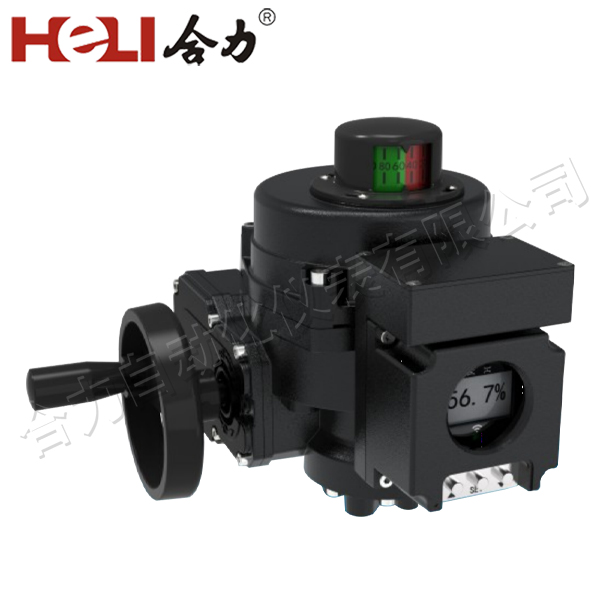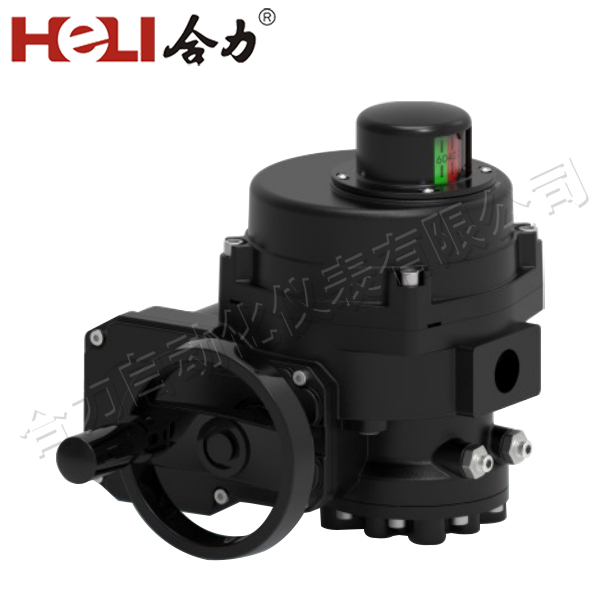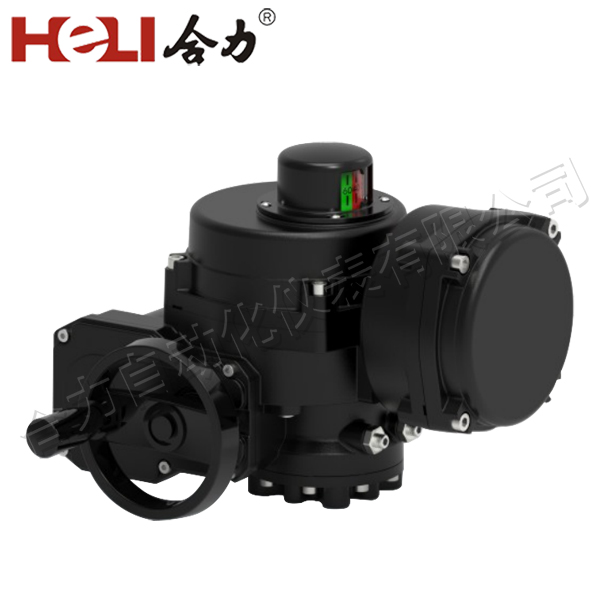The use of lithium batteries in various industries, from electric vehicles to renewable energy systems, has gained significant momentum in recent years due to their high energy density, lightweight design, and long-lasting performance. As a result, the demand for lithium battery electrical installation has also increased, requiring proper installation practices to ensure safety, efficiency, and longevity of the system. This article explores the essential aspects of lithium battery electrical installation, covering the required components, installation guidelines, safety precautions, and common challenges.

Key Components of Lithium Battery Electrical Installation

Before diving into the specifics of installation, it is important to understand the basic components involved in a lithium battery electrical system. These typically include: Lithium Battery Pack: The core component of the system, consisting of multiple cells arranged in series and parallel configurations to achieve the desired voltage and capacity. Battery Management System (BMS): An essential component that ensures the safe operation of the battery pack by monitoring parameters such as temperature, voltage, current, and state of charge. The BMS also helps protect the battery from overcharging, over-discharging, and overheating.
